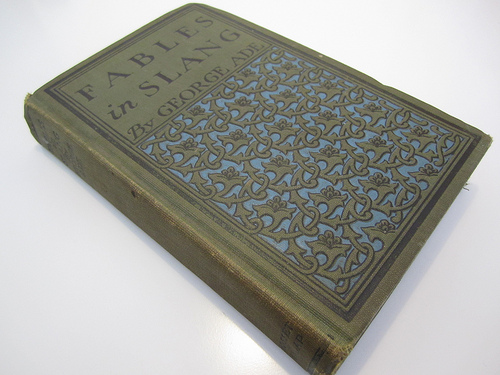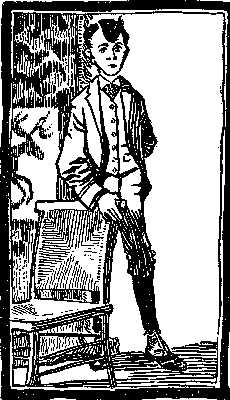
Source: Fables in Slang, Klaus M, Flickr
Wading through Ade
Now you will apply the capitalization rules to a proofreading task. Humorist George Ade supplies another capital-rich fable for your task. This time you will need to download a PDF of the fable. After you have done so, you can open it on-screen to annotate it or print it and write your notes.
For each highlighted word, decide if it should be uppercase or lowercase. In deciding, use the proofreading marks of The Chicago Manual of Style. They are as follows:
- For lowercase, write “lc.”
- For capital letters, write “caps.”
- To let the word(s) stand or stay the same, write “stet.”
Now that you have read and marked the second fable, choose the correct answer for each of the following statements.

1. Congressman
2. Bill Cody Hat
3. Friday
4. “The Duty of the Hour”
5. “Director”
6. Europe

Source: Ambitious Youth, The Fable of the
Corporation Director and the Mislaid Ambition,
Project Gutenberg
Now that you’ve demonstrated your awareness of capitalization rules and their exceptions, you’re ready to apply that knowledge in proofreading. When you are absolutely certain that a word should be capitalized, write “caps.” When you are less certain, look the word up in your online dictionary to see if it should begin with a capital letter.